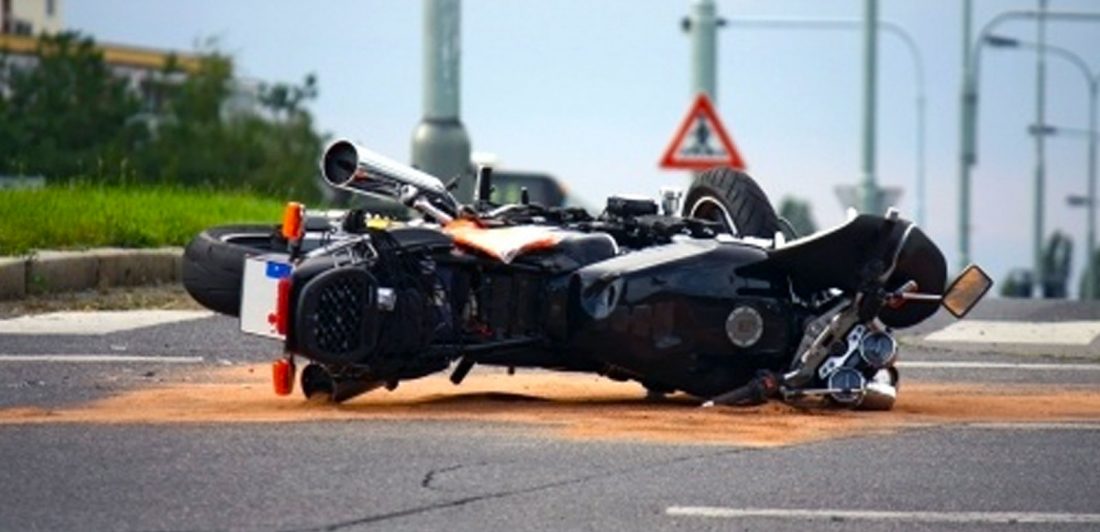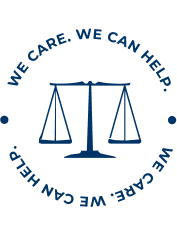Any motor vehicle collision is dangerous and has the potential to cause catastrophic injuries. However, for bikers, the risks of severe injuries are significantly increased because of the lack of protection from vehicle safety features present in modern-day passenger vehicles. For this reason, head injuries affect motorcyclists at a much higher rate than drivers of any other type of vehicle. The National Highway Traffic Safety Administration (NHTSA) estimates that helmets saved 1,870 motorcyclists’ lives in 2017. If all motorcyclists wear helmets, 750 more lives would be saved.
When bikers use safe riding practices and other drivers on the road cooperate, the number of serious injuries and deaths may be reduced. The number of motorcyclists who wear helmets has increased by nearly 15% since 2010. Experts continue to urge bikers to consider wearing DOT-approved helmets to help reduce the number of catastrophic injuries.
Head Injuries Related to Motorcycle Crashes
Motorcycle wrecks are extremely traumatic events that often lead to significant bodily injuries. Considering that your head houses your brain, severe head injuries are life-altering and potentially life-ending injuries. During the moment of impact in a motorcycle collision, the brain crashes back and forth against the inside of the skull causing bruising, bleeding, swelling, and tearing in the brain. Any damage to the brain can cause death or create severe limitations in your daily activities.
Traumatic Brain Injury (TBI)
The leading cause of death from motorcycle collisions is traumatic brain injury (TBI). TBIs occur when the head makes a direct impact with a hard surface such as pavement after a motorcycle collision. TBIs can lead to neurological damage by compromising signals between the brain and spine. The victim’s mental and motor functions, senses, and emotions may also be in jeopardy.
The human brain consumes a large portion of the body’s blood supply. This can create ruptured blood vessels in the skull difficult to safely set apart and repair during emergency surgery. Brain damage occurs quickly if the blood supply is reduced in affected regions, making it a possibility the patient will face permanent loss of function.
TBIs are classified according to the severity of the injury as follows:
- Mild: The person is awake, and their eyes are open. Symptoms can include confusion, disorientation, memory loss, headache, and brief loss of consciousness.
- Moderate: The person will be lethargic with eyes open with stimulation. There is a loss of consciousness lasting 20 minutes to six hours. Some swelling in the brain or bleeding will cause sleepiness.
- Severe: The person is unconscious in this stage. Their eyes do not open, even with stimulation, and there is a loss of consciousness lasting more than six hours. A patient’s chances of surviving a severe traumatic brain injury, or recovering without a disability are slim.
Long-term conditions from TBIs can include:
- Loss of motor skills and coordination
- Permanent paralysis or recurring seizures
- Decreased cognitive and intellectual abilities
- Memory loss and poor concentration
- Inability to work and maintain income
- Mood changes, including depression, anxiety or anger
Concussion
A concussion occurs when the impact on the head is severe enough to cause brain injury. The loss of function when one suffers a concussion is temporary, but repeated concussions can lead to more severe permanent damage.
Edema
The brain damage can become more severe in the hours and days after the crash. The head and brain trauma from the motorcycle crash can cause swelling known as Edema. Our brains are encased in our skulls, which cannot stretch to accommodate the swelling as it is made of bone. A pressure build-up in the brain can leave extensive brain damage or further harm to areas that were not previously damaged in the crash. It is important to treat the swelling immediately, as delay in treatment can leave the victim with severe damage or worse, lead to death.
Recovering From Head Injuries
Mild TBI requires sufficient rest and medication to relieve headaches. Moderate to severe TBI will require hospitalization and intensive care. Due to the bleeding and swelling in the brain, surgery may be necessary for some patients. There is not a way to prevent swelling of the brain from occurring, but doctors have measures to control the swelling, which will minimize secondary brain injury and complications.
In other instances, the patient will not require surgery and can be safely monitored by nurses and physicians in the neuroscience intensive care unit (NSICU).
Nonsteroidal anti-inflammatory drugs such as ibuprofen or aspirin should not be taken because they can make the bleeding worse.
Even if your head injury seems minor, it is important to watch your condition and make sure it doesn’t get worse. Brain injuries can be deceiving. Many times, a victim will still be able to communicate normally without seeming very confused or disoriented after suffering a mild injury. Make sure to go back to the doctor if you develop new symptoms or feel you are getting worse.
Rehabilitation
In many cases of severe brain injury, the patient will require rehabilitation to regain full brain function. Many patients will need help regaining mobility and speech.
Not all head injuries are the same, which means patients will recover at different rates and to varying degrees. Survivors of motorcycle TBI often experience difficulty returning to life as it was before the collision. The patient’s family members must remain patient as recovery from a brain injury may take weeks, months, or even years in severe cases.
Preventing Head Injuries in Motorcycle Crashes
Wear a Helmet
Helmets are not referred to as “brain buckets” for no reason. It is clear that wearing a helmet is a motorcyclist’s best chance to avoid a permanent disability or even death in a crash. Wearing a helmet will reduce the severity of the injury that might occur compared to non-helmeted motorcyclists. The helmet absorbs the impact and reduces the chances of a fatal head injury considerably.
Thankfully, NHTSA reported a significant increase in the use of helmets among motorcyclists on expressways. In 2016, 69.8% of motorcyclists wore helmets on expressways, and in 2017, that number jumped to 88.9%. Although the increase in helmet use is phenomenal, that number should be 100%.
Slow Your Roll
In 2016, 33% of all motorcycle riders involved in fatal crashes were speeding, according to NHTSA. Simply slowing down will effectively reduce the chances of being in a collision.
Be Defensive
Often, collisions occur when another vehicle violates the motorcyclist’s right-of-way. Stay alert at all times while riding to avoid harm because of another driver’s error. Keep an eye out for cars suddenly swerving in and out of lanes nd drivers who are texting and driving. Also, avoid tailgating so you have plenty of time to react if you need to.
Choosing the Right Motorcycle Helmet
Motorcycle helmets come in many different materials and structures. When shopping for a helmet, look for one that meets the minimum safety standards. After all, these standards were set to ensure motorcyclists are protected from brain injuries caused by a motorcycle collision. Look for a DOT sticker on the box of the helmet you are considering. The Department of Transportation (DOT) runs tests on helmets to be certain they will withstand forceful impacts and will remain on the rider’s head during a crash.
How The Carlson Law Firm Can Help
If you or a loved one have suffered a head injury as a result of a motorcycle collision, don’t hesitate to contact The Carlson Law Firm. We have extensive experience advocating on behalf of motorcyclists that have been injured due to someone else’s negligence. Hablamos español.
We care, we can help.





